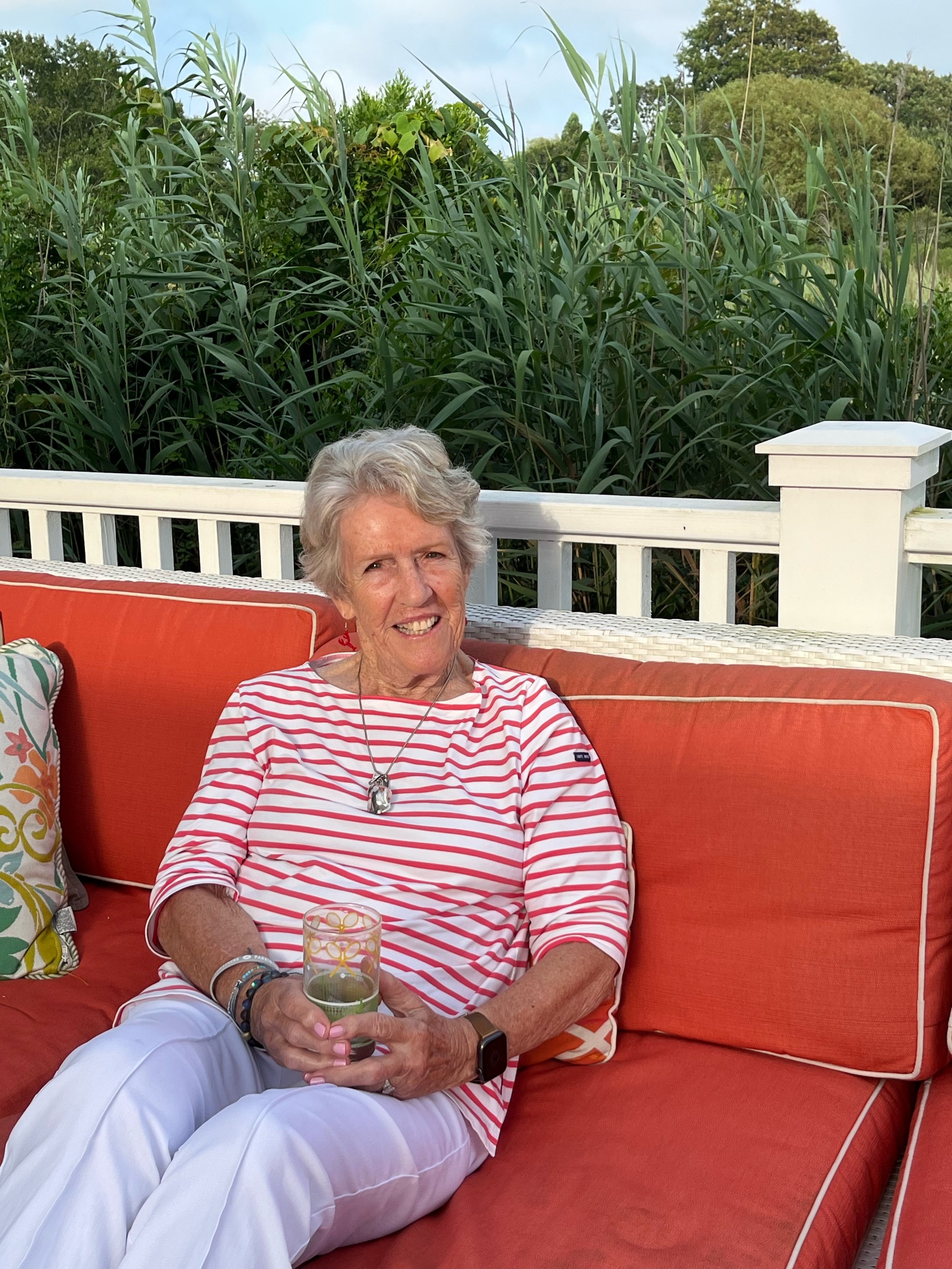1458 WORDS THAT CHANGED THE WORLD
/On July 4 at high noon, I plan to sit in a pew in the pine-paneled Trinity Chapel here at Kennebunk Beach, listening to a reading of the Declaration of Independence. I attended last year, and the year before that, and can attest that hearing those words gave me goosebumps. They also inspired me to dig deeper into what actually happened back then during the birth of our nation.
One of the biggest misconceptions about the Declaration of Independence is that it was signed on July 4, 1776. In fact, independence from Britain was formally declared on July 2, a date that John Adams believed “would be the most memorial epocha in the history of America.”
Two days later on the fourth of July, Congress approved the final text of the Declaration. John Dunlap, the official printer for the Continental Congress, immediately set to work, spending all night and early the next morning producing 200 “broadsides.” These poster-like copies of the Declaration became known as the “Dunlap Broadsides.” (In 1989, someone discovered a previously unknown Dunlap Broadside. It was sold for over $8 million in 2000. There are only 26 known surviving Dunlap Broadsides today.)
Congress ordered “that copies of the Declaration be sent to the several Assemblies, Conventions and Committees or Councils of Safety, and to the several commanding officers of the Continental Troops, and that it be proclaimed in each of the United States and at the head of the army.”
Late on the following day, July 5, Dunlap’s copies were en route to all 13 states by horseback. Also on that same day, the German Pennsylvanischer Staatsbote, published by Henrich Miller, became the new nation’s first newspaper to announce that the Declaration had been adopted. On July 6, the first newspaper print edition of the Declaration’s full text appeared in the Philadelphia Evening Post.
July 8 opened with bells ringing throughout Philadelphia, summoning the city’s residents to the State House. At noon, Colonel John Nixon of the Philadelphia Committee of Safety stood in front of the State House and read the Declaration to the crowd. Today that building is known as Independence Hall.
Other readings that day were also held in Trenton, New Jersey and Easton, Pennsylvania, and it is those public readings that constituted America’s first celebrations of the Fourth of July. Typically as the Declaration was read in towns and cities across the young nation over the next month, there were “loud shouts, huzzahs, firings of muskets and the tearing down of any British emblems.” After a reading on July 29 in Baltimore, “the effigy of our late King was carted through the town and committed to the flames amidst the acclamations of many hundred — the just reward of a tyrant!”
The actual signing of the Declaration of Independence occurred on August 2, when John Hancock, president of the Continental Congress, dipped a quill in ink and flamboyantly signed his name, the first member of Congress to do so. An interesting aside is that Robert Livingston, one of the members of the committee who helped draft the Declaration, never signed it. He believed it was too soon to declare independence.
Fifty years later, on July 4, 1826, Thomas Jefferson and John Adams, two of the key drafters of the Declaration of Independence, died. Thomas Jefferson had been just 33 years old when he wrote the Declaration and he called the 1458-word document “an expression of the American mind.”




